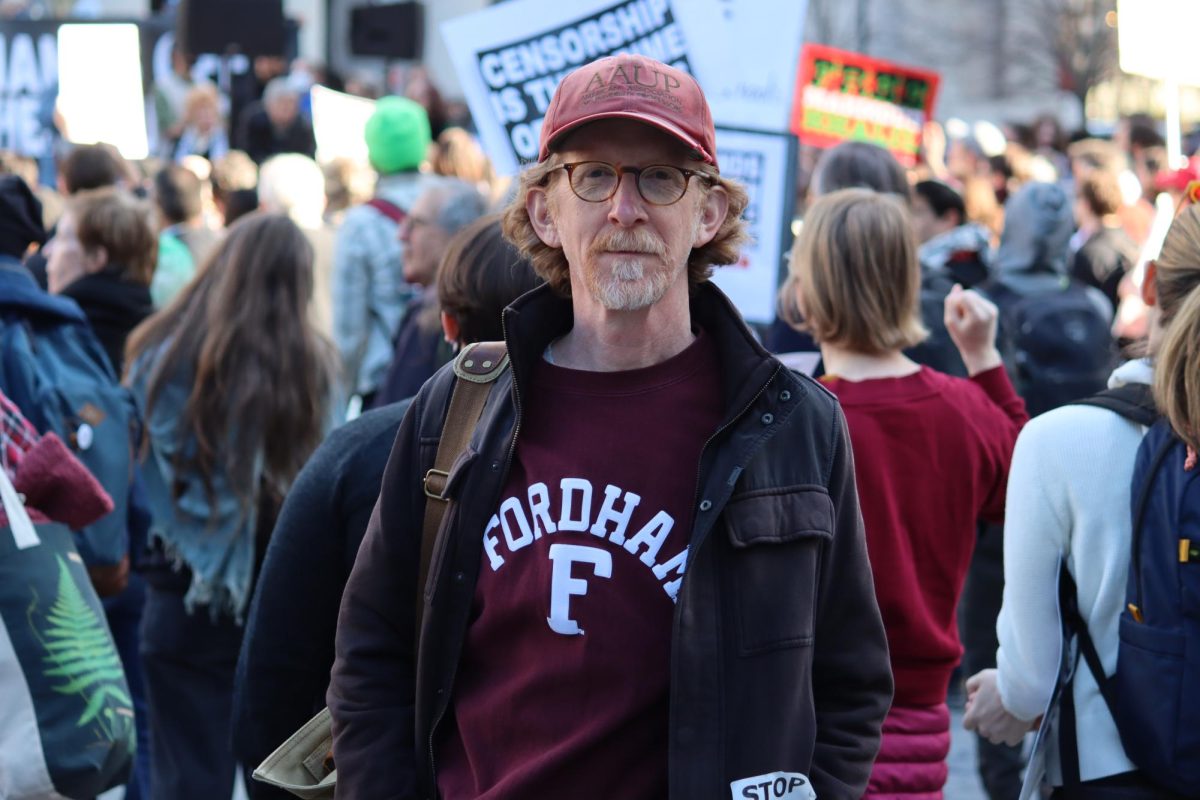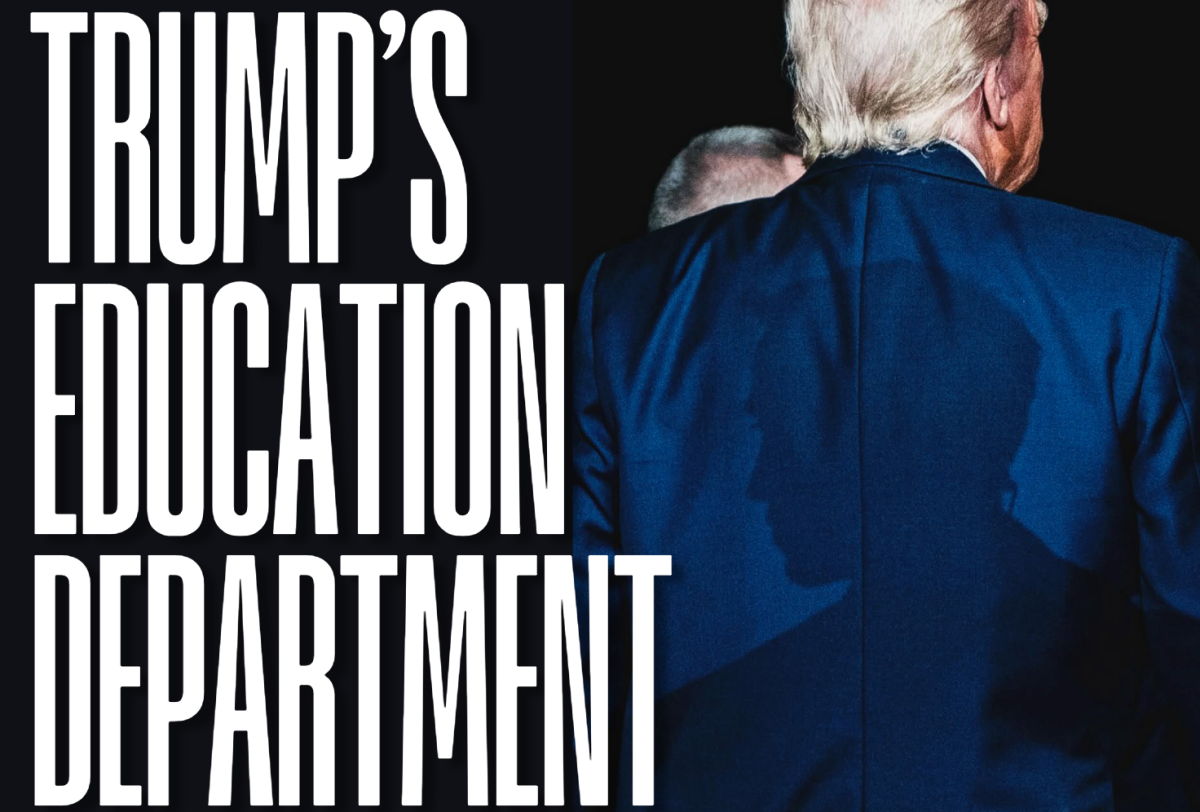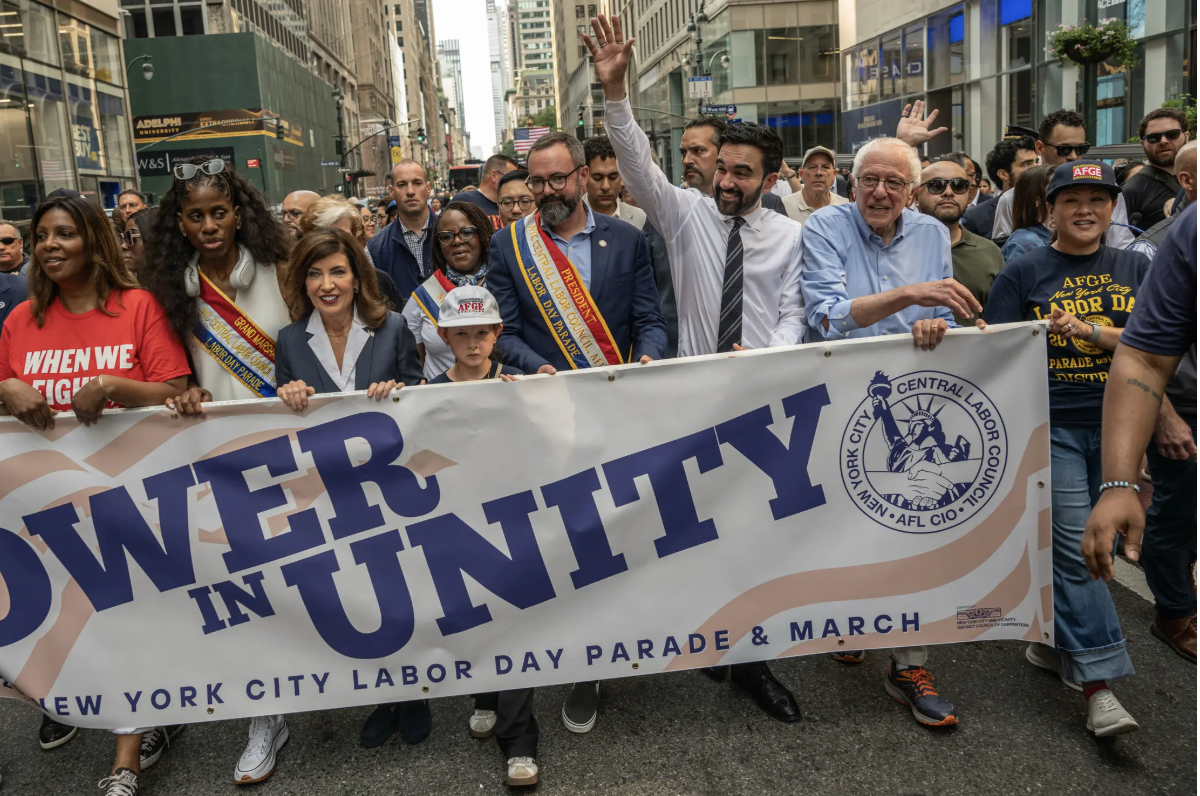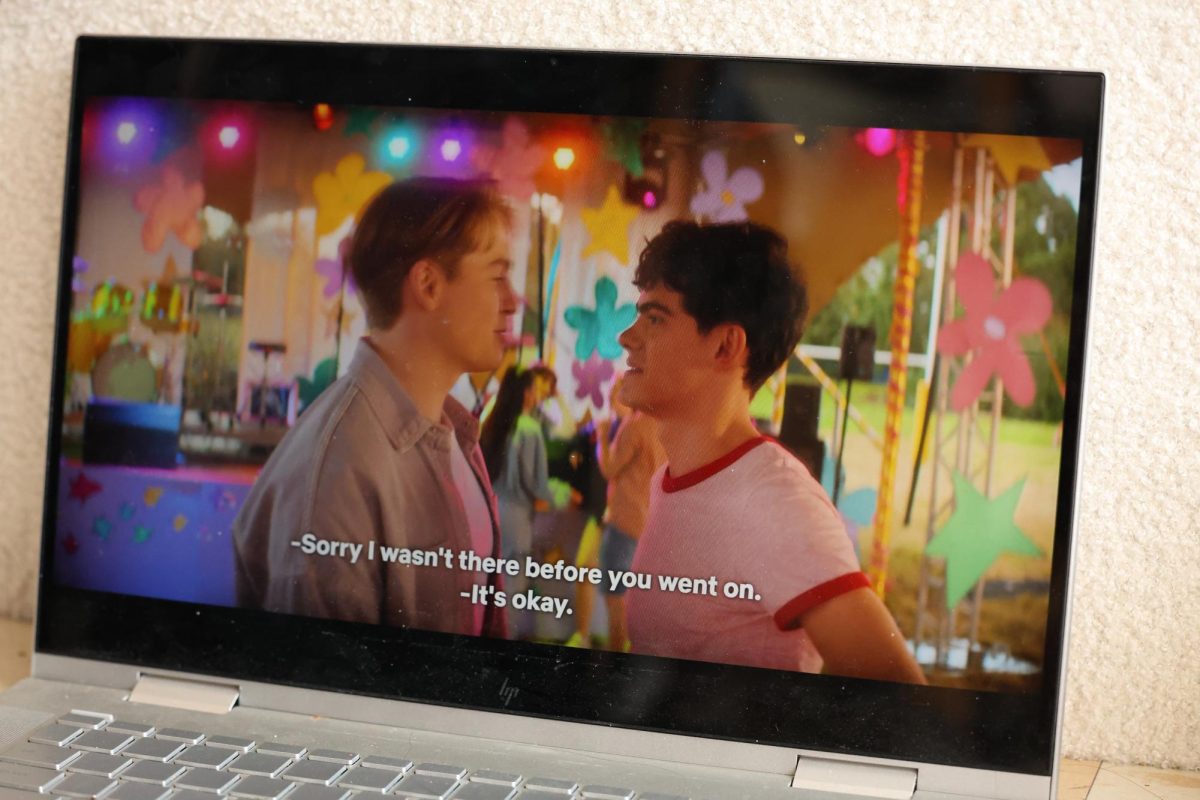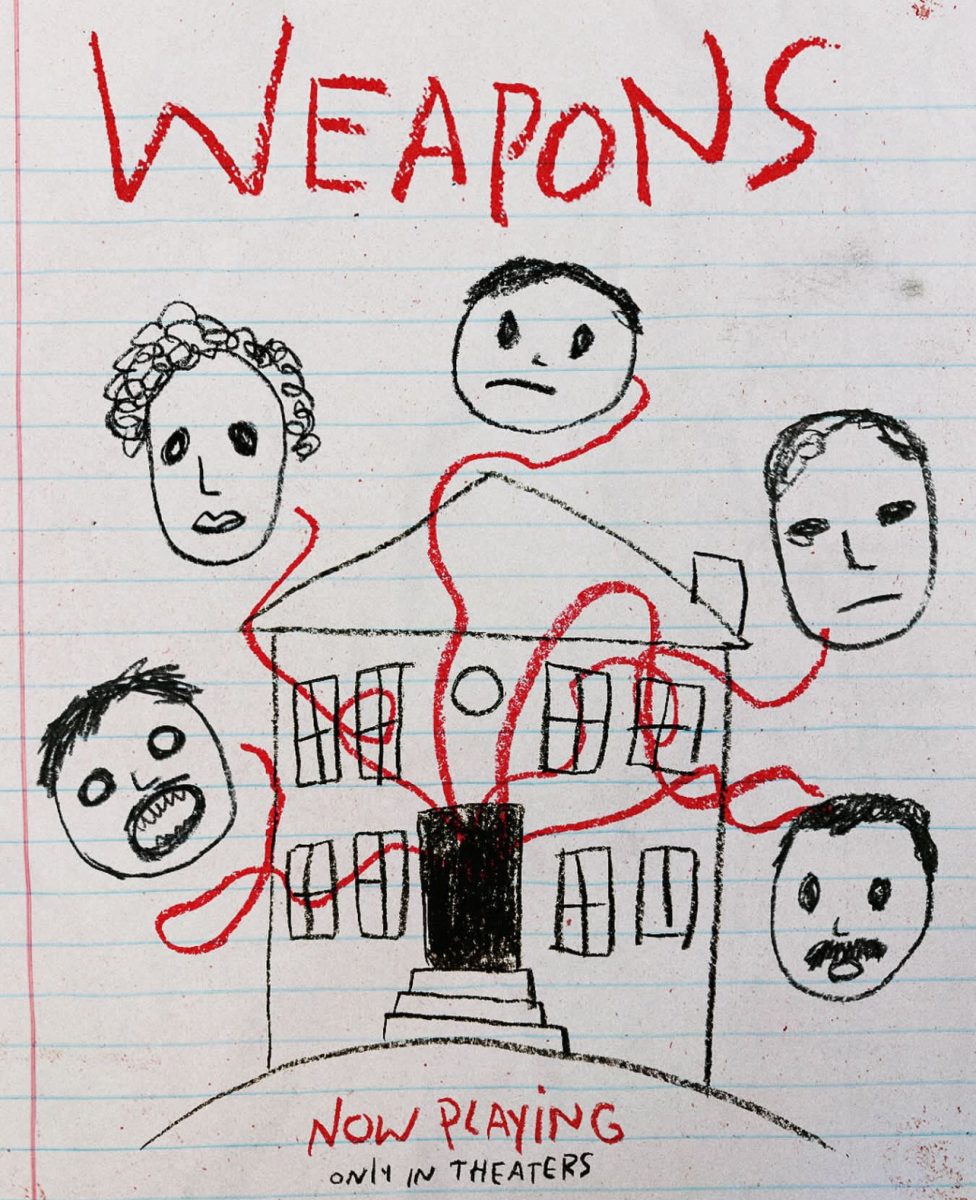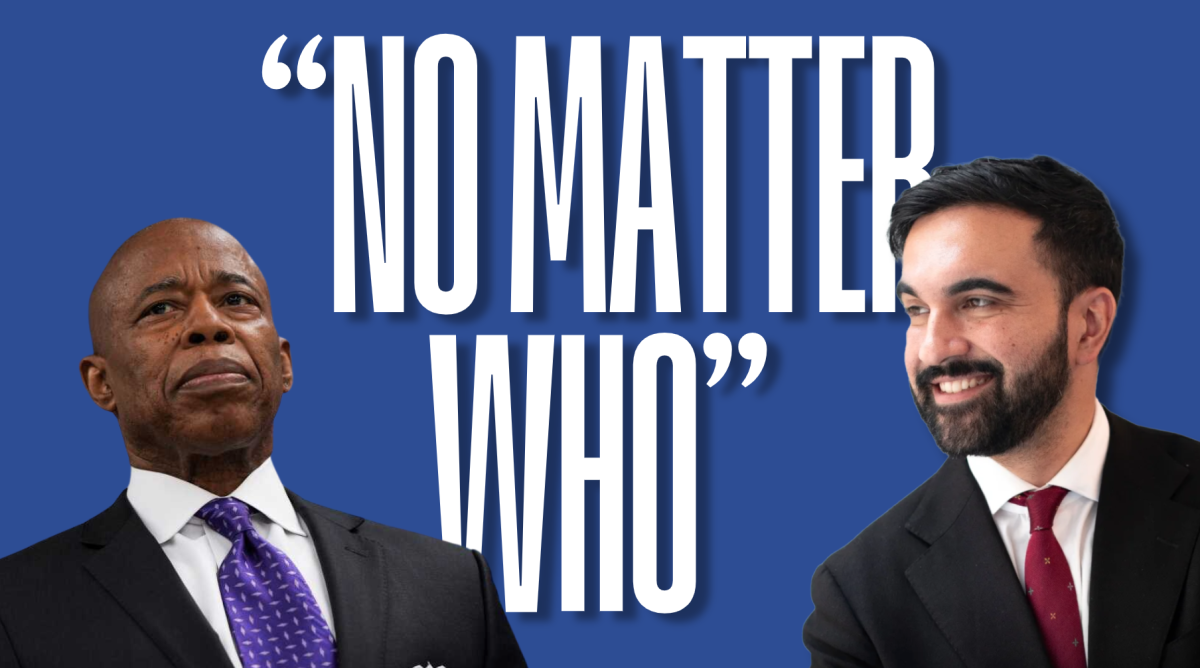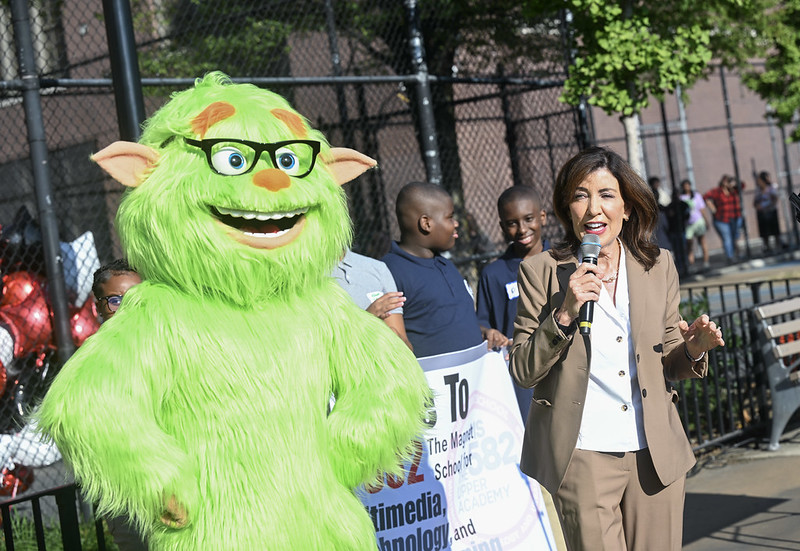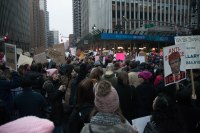
By Ahmed Youssef
“And the star-spangled banner in triumph shall wave over the land of the free and the home of the brave!” The last line of the United States national anthem proudly touts the country as a land of freedom. Similarly, all Western countries boast of bearing the mantle of ‘The Free World,’ parading themselves to the world as symbols of freedom and liberty. Freedom is neither an exclusively American nor Western value, but rather one with a universal span. The task of finding common ground for all mankind is a daunting one, but if there is one thing that is of value to everyone, then that title goes to freedom.
Freedom in itself is a rather abstract value; it is of many forms and varying extents. Freedom of speech is one of such forms held in high esteem; a measure of a country’s democracy and liberties. This freedom can be exercised in many ways: people divulging their opinions on TV channels and radio stations, thoughts immortalized in writing in books and newspapers, the sharing of interests on Facebook and the list goes on. The most prominent of these forms, however, is protesting.
It is fair to say that protests have played a huge role in shaping modern history as we know it. What elevates protests in particular is the distinctly human element, the natural attachment one feels to groups of fellow human beings gathered together. It is human nature to feel a connection to other people more than anything else. The impact of the written word cannot resonate as much as the sight of a person passionately chanting a slogan, and even the sight of activists arguing for their cause in a TV studio through a screen will not have the same impact as seeing the march of people through a familiar street from a window.
The real power of protests comes from their innate sense of intimacy. Protests can be a double-edged sword. In just the past 10 years, we have seen protests topple decades-long regimes while others ignited civil wars, taking the lives of hundreds of thousands as a result.
Protests can just as easily invoke positive change as they can become irreparably detrimental to their cause, and this establishes the notion of both successful protests and unsuccessful ones. Society has regularly tended to evaluate protests by the number of participating protesters. This has led to the belief that the likelihood of a protest’s success is directly attached to its size. However, history has shown us on several occasions that strength doesn’t always lie in numbers. On Feb. 15, 2003, the largest protest in human history occurred. Crowds of people filled the streets of more than 600 cities across the globe, demanding the cancellation of the impending invasion of Iraq.
On March 20 of the same year the United States invaded Iraq, starting a war that would leave the country in ruins until today, just over a month after millions of voices reverberated across continents in opposition. More recently, the 2017 Women’s March was declared to be the largest single-day protest in U.S. history.
Two days later, the Trump administration put into order an executive action that would prevent millions of women worldwide from receiving proper healthcare services. This is not to say that numbers don’t matter. A million voices are always going to be louder than a thousand, and most of the successful protests can attribute part of that success to the ability to lure public attention through their large crowds. The size, however, is far from the make-or-break factor of a protest.
The methodology is an important aspect of any protest. This pertains to how people are recruited to get involved in protests, as well as the nature of said protests. Many tactics are employed to positively influence the size of protests: walking marches are preferred to standing protests, as they increase the range of people exposed to them, eye-catching banners are used in an attempt to grab the attention of passers-by and celebrities become endorsements to lend protests more significance in the eyes of the public.
But when it comes to recruiting people, all of these tactics are second to the cause. The proposition is simple: if more people relate to the cause, then more people will be willing to take action and participate in the protest. In 2011, the eyes of the world were focused on the Middle East as the revolutionary Arab Spring swept across the region. It all started in Tunisia, where, in the course of a month, the people managed to overthrow a regime that had ruled the country with an iron fist for 23 years.
This would ignite the spark that would see similar results in Egypt soon after. The people were driven to the streets by the overwhelming government and police corruption, the high levels of unemployment and the restrictions on freedom, amongst other similar struggles. As the days went by, the crowds would only grow in number and never show signs of dwindling until the cities were overwhelmed with protesters.
What sets this particular cause apart from that of the previously mentioned ones was its tangibility to all the people. The vast majority of people in these countries had felt the consequences of living under these regimes and had the inner motivation to speak against them. All that was needed was a call to action, and simple social media posts sufficed in bringing millions of people together in unison.
The method of carrying out the protest itself is undoubtedly of great importance. Violence or restricting protests to certain groups almost always has detrimental effects to their causes, but it is the cause of a protest that gives it its true worth. While it is the cause that gives the protest both its ideological worth and power to attract large numbers of people, it is not the ultimate factor that leads to the success of a protest. That distinction lies in the protest’s goals. In order to be achieved, the goals need to be clear and well-stated. People shouldn’t be scratching their heads when they get a flyer for a movement.
The goals also need to avoid drifting too far from the cause to avoid the risk of alienating key groups. The success of a protest is also dependent on the goal’s simplicity and brevity so that it avoids being completely shunned by the target or being forced into lopsided compromises. Last but not least is the requirement of understanding the opposition; failure to do this will lead to undermining the protest against all odds, ultimately rendering it futile.
Depending on the opposition, a protest might need to adjust its goals in such a way that it makes only a small step forward for the cause to avoid the risk of taking a step backwards. It is important to know what you are asking for, but it is equally important to know who you’re asking it of.
Ahmed Youssef, FCRH ’17, is a computer science major from Alexandria, Egypt






